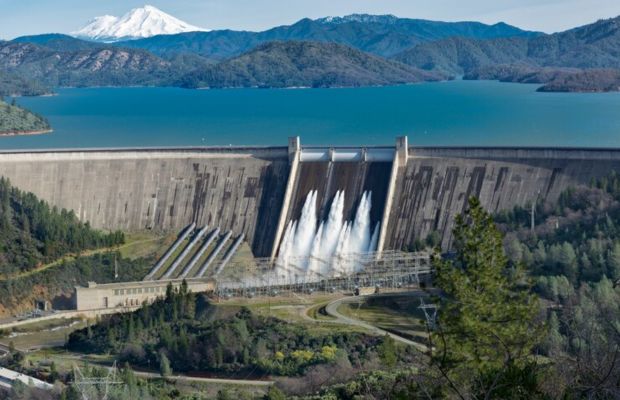In a significant boost to China’s renewable energy sector, heavy spring rains have led to a substantial increase in hydroelectric power generation this May. According to recent reports, hydroelectric output surged to 115 billion kilowatt-hours (kWh), marking a sharp rise from 82 billion kWh during the same period last year, which was marred by a severe drought.
The backbone of this surge lies in China’s extensive cascade dams, primarily along the Yangtze River. These dams, comprising six massive power stations spread over 1,800 kilometers, have a combined capacity of 72 million kilowatts (kW). Stations like Wudongde, Baihetan, Xiluodu, and Three Gorges have played a pivotal role in meeting the electricity needs of millions and reducing reliance on coal-fired plants.
Despite setbacks from droughts in recent years, the current season’s abundant rainfall has bolstered hydroelectric operations. This year’s hydro generation stands as the second-highest in the last decade, trailing only slightly behind the record set in 2022 following heavy spring rains.
Looking ahead, forecasts predict even more substantial rainfall during the upcoming monsoon season from July to August, typically fueled by the East Asian Monsoon. If these projections hold, China could potentially set a new summer record in electricity generation, surpassing previous highs due to expanded capacity.
China’s commitment to renewable energy has seen remarkable growth. From 2020 to 2024, hydroelectric capacity increased by 14%, reaching 423 million kW by this year. This expansion, coupled with advancements in wind and solar energy, has contributed to record-breaking outputs from these sources in May 2024.
Last month, wind power production rose to 77 billion kWh, while solar energy soared to 36 billion kWh. These figures represent increases from previous years, highlighting the nation’s progress in diversifying its energy portfolio and reducing reliance on traditional thermal power sources.

